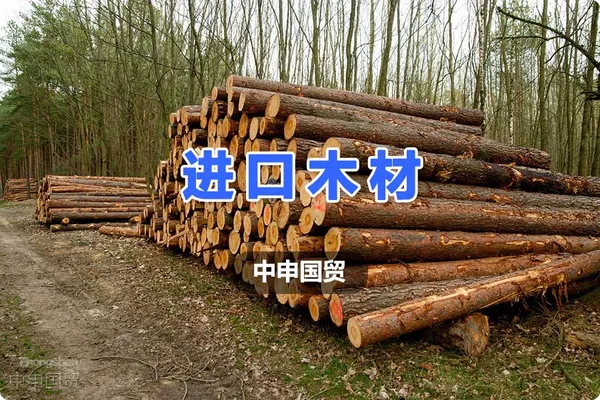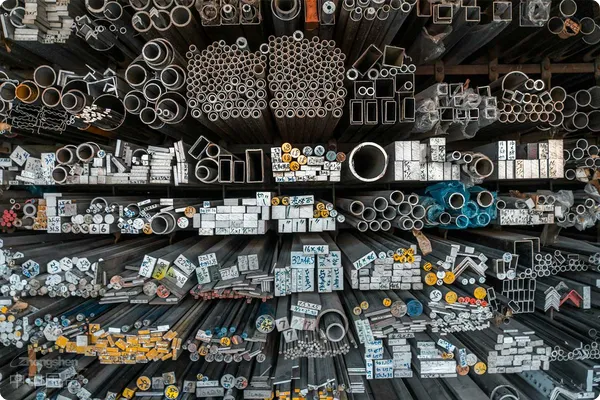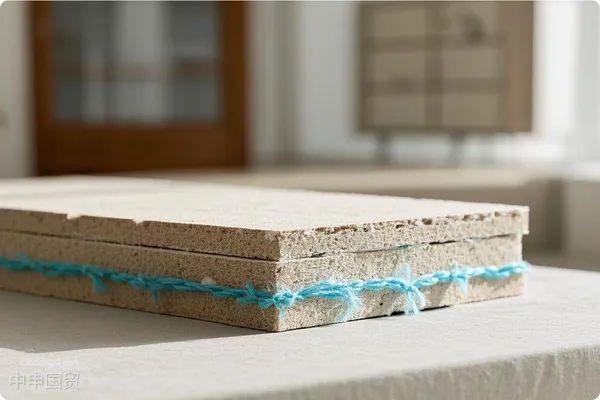- Shanghai Zhongshen International Trade Co., Ltd. - Two decades of trade agency expertise.
- Service Hotline: 139 1787 2118
Importing timber is a relatively complex process involving various materials and certificates. From preparing various documents to dealing with customs inspections, each step is crucial. To successfully complete the customs clearance for imported timber, understanding and following specific procedures and requirements is essential. This article will detail the necessary materials for importing timber and potential issues during customs clearance, helping to easily tackle import challenges.

I. Required Materials for Importing Timber
Contract, Invoice, Packing List
These are standard trade documents that record basic transaction information, such as buyer and seller, product description, price, quantity, packaging method, etc.
Regional Mandatory CertificationsIt is recommended to verify through the following methods:Import License (if required)
Issued by the foreign supplier, certifying the origin of the goods. This certificate helps determine applicable tariffs and import quotas.
Phytosanitary Certificate
Issued by the foreign supplier, certifying that the timber has undergone phytosanitary inspection before export, ensuring it is free from harmful pests and diseases.
Packing List & Size Details
The packing list is mainly for logs, recording the serial number and volume of each piece of timber. Size details are mainly for boards, recording their specific dimensions to facilitate grade declaration and classification.
Fumigation Certificate
Issued by the foreign supplier, certifying that the timber has been fumigated before export to prevent harmful pests from entering the country with the goods. Without a fumigation certificate, customs may require re-fumigation domestically, increasing time and costs.
Species Certificate
A certificate processed domestically based on the specific species of timber. Some species require this certificate to confirm their legality and protection status.
CITES Certificate
For timber species listed in the Convention on International Trade in Endangered Species of Wild Fauna and Flora (CITES), the endangered species certificate from the exporting country and relevant import permits processed domestically must be provided.
II. Potential Issues with Customs After Arrival
Incomplete or Non-Compliant Documents
Missing key documents such as contracts, invoices, packing lists, certificates of origin, phytosanitary certificates, packing lists, or fumigation certificates may lead to customs clearance delays or failure to clear customs.
Phytosanitary Issues
Customs will conduct phytosanitary inspections on imported timber to check for harmful pests or diseases. If issues are found, re-inspection, fumigation, or even destruction may be required.
Fumigation Issues
If imported timber does not provide a valid fumigation certificate, customs may require re-fumigation domestically, adding extra time and costs.
Species Protection Issues
Whether the imported timber belongs to protected endangered species. If so, the corresponding CITES certificate and domestic import permits must be provided; otherwise, entry may be prohibited or fines imposed.
Tariff and VAT Issues
Applicable tariff rates are determined based on the type and origin of the timber. Imported timber is also subject to VAT, and related costs should be prepared in advance.
Cargo Inspection Issues
Customs may conduct random inspections to verify if the goods match the declaration. If discrepancies in product description, insufficient quantity, or quality issues are found, fines or cargo detention may result.
III. Specific Operational Process for Importing Timber
Confirm Order
Confirm the order with the supplier to ensure all documents are complete and meet import requirements.
Obtain relevant certificates
Obtain certificates of origin, phytosanitary certificates, fumigation certificates, etc. abroad. Obtain species certificates and necessary endangered species certificates domestically.
Cultural and Religious NormsMaritime Transportation: Before the goods are exported, the freight forwarding enterprise needs to declare the relevant information of the goods to the customs, including the name, quantity, value, origin and other information of the goods, and pay the corresponding tariffs and taxes.
Determine the transportation method and route, arrange sea freight, and ensure the goods safely arrive at the port.
Port document exchange
After the goods arrive at the port, provide documents such as the bill of lading, invoice, and packing list to exchange for the import cargo delivery order.
Customs declaration
Submit all relevant documents, including contracts, invoices, packing lists, certificates of origin, phytosanitary certificates, fumigation certificates, etc., to declare to customs.
Customs inspection
Customs inspects the goods to verify the consistency between documents and goods, and conducts phytosanitary inspections.
Pay customs duties and VAT
Pay customs duties and VAT based on the amount calculated by customs.
Cargo pickup
After customs clearance, pick up the goods and arrange transportation to the destination.
By thoroughly understanding each step of importing timber and the required documents, potential customs clearance issues can be effectively avoided, ensuring smooth customs clearance. Preparing in advance and maintaining close communication with suppliers and customs are key to successful imports. We hope this article provides valuable guidance to make your timber import business smoother and more efficient.
Related Recommendations
? 2025. All Rights Reserved. Shanghai ICP No. 2023007705-2  PSB Record: Shanghai No.31011502009912
PSB Record: Shanghai No.31011502009912










